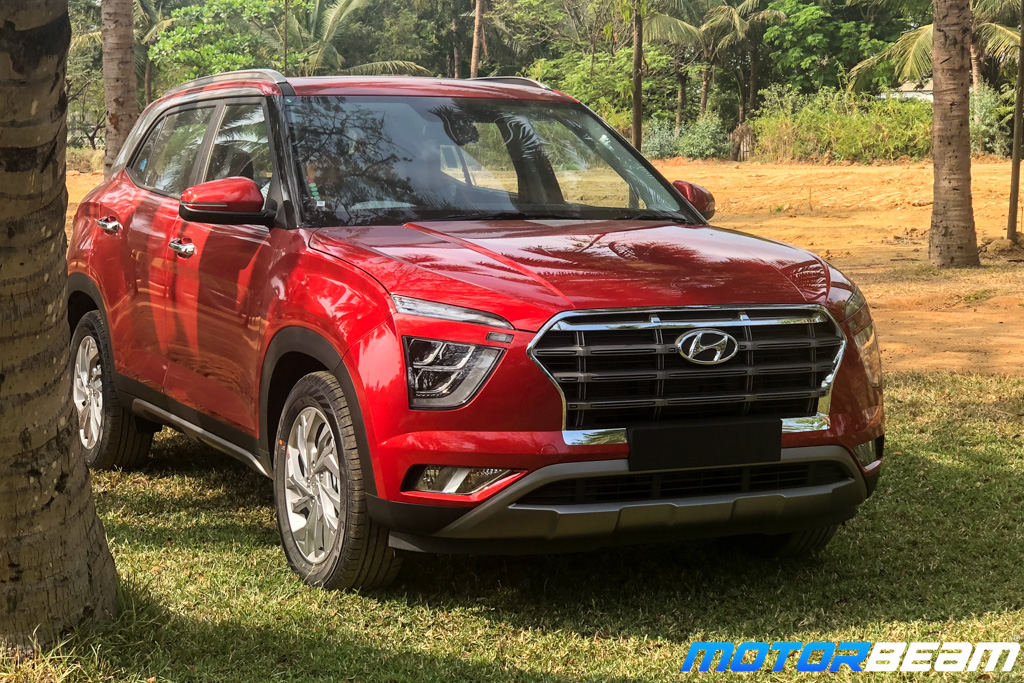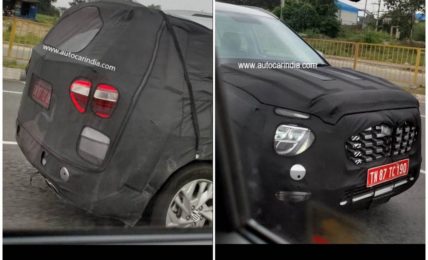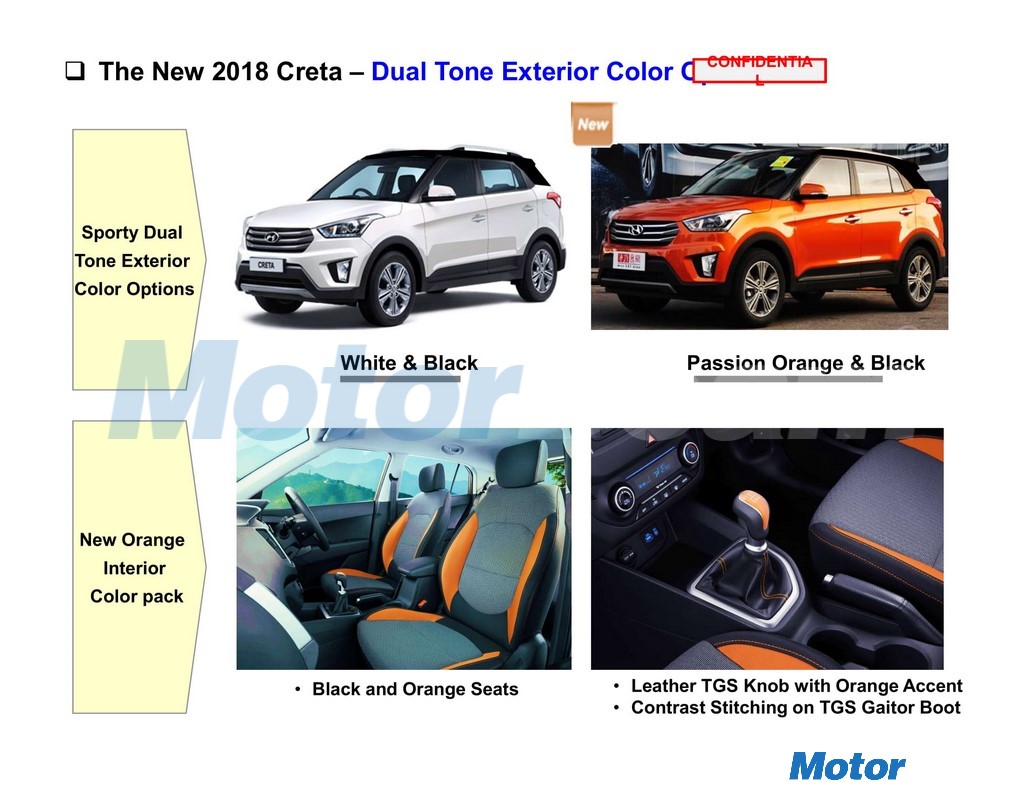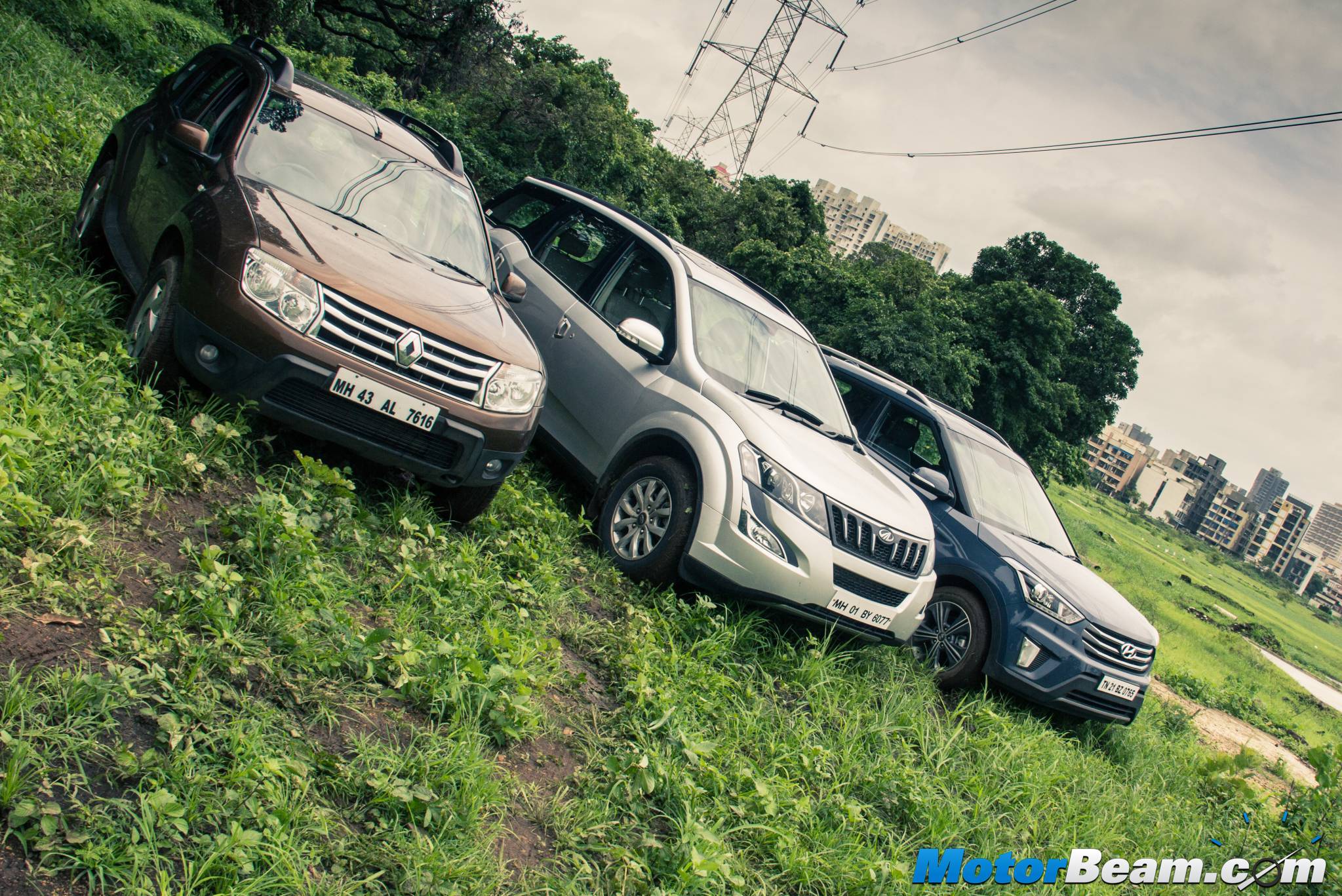
Shootout: Renault Duster vs Hyundai Creta vs Mahindra XUV500
Price OTR Mumbai: Rs. 9.62 – 15.91 lakhs (Renault Duster), Rs. 10.27 – 16.62 lakhs (Hyundai Creta), Rs. 13.63 – 19.38 lakhs (Mahindra XUV500)
Although different in many ways, similar price range & underpinnings bring them together
Indians have always loved SUVs and although we haven’t had many options in the affordable segment, things are changing and this decade can be safely called the time of SUVs, not only in India but also in other parts of the world. The Indian market got its first real SUV in 1998 when the Tata Safari was launched, being the first locally designed and developed SUV in the country. Mahindra was quick to understand the market after seeing the positive response to the Safari and came out with the Scorpio in 2002. Post that, it was slow progress for SUVs but when Mahindra launched the XUV500 in 2011, the trend started to catch back up. Soon the Renault Duster followed and now the Hyundai Creta has also hit the market. The Korean car’s main rival is the French vehicle but with the premium price on the Creta, the XUV500 also comes in the same firing line, time for a shootout!
Motor Quest: The Mahindra XUV500 was launched in India in 2011 and was a huge success, resulting in the company opting for a lucky draw to choose customers. Renault showcased the Duster at the 2012 Auto Expo and launched the vehicle in the country in the same year, bringing out the AWD version last year and a minor update earlier this year. The Creta started off life as the ix25 in China and is the latest SUV on the block.
The XUV500’s bigger size easily stands out here while the Duster looks a bit old now
Styling – The Mahindra XUV500 is the biggest car here, it’s longer, taller and wider than both the Hyundai Creta and Renault Duster. The bigger dimensions of the Indian vehicle give it more presence on the road and the Mahindra is a full sized SUV while the other two are compact models. Between the Renault and Hyundai, the Duster is bigger in every dimension over the Creta and although there are some nice design bits on the French vehicle, it simply appears dated in front of the fresh new Creta. Hyundai’s styling just grows on you with time and the Creta comes across as the most attractive looking car of this bunch.
The Creta looks the most attractive with the sharp design elements, being fresh helps
The Creta’s fresh design does make it standout
Some design bits on the XUV500 do come across as over the top although things have sobered a bit in the recent facelift. The Duster’s design is simple yet brawny, the flared wheel arches really standing out. The Creta looks like a mini Santa Fe from certain angles which itself is a huge compliment because the full sized Hyundai SUV is admired by a lot of people. The Creta and XUV500 also get LED parking lights which double up as daytime running lights when you turn on your parking lights, they also get projector headlights, cornering lamps, ORVM integrated blinkers and come with nice looking wheels.
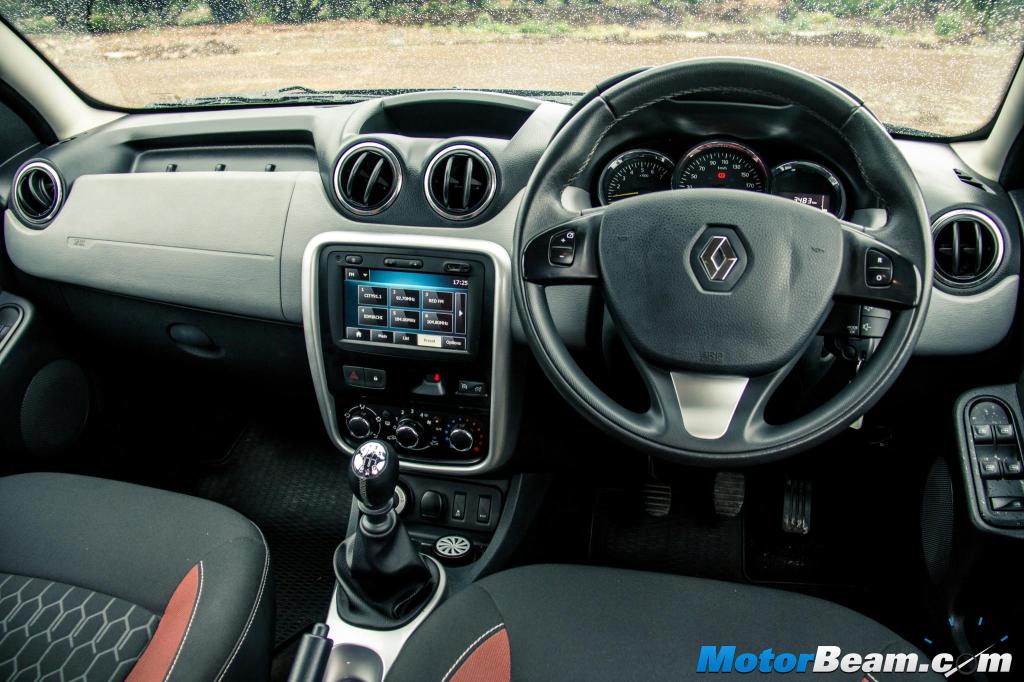
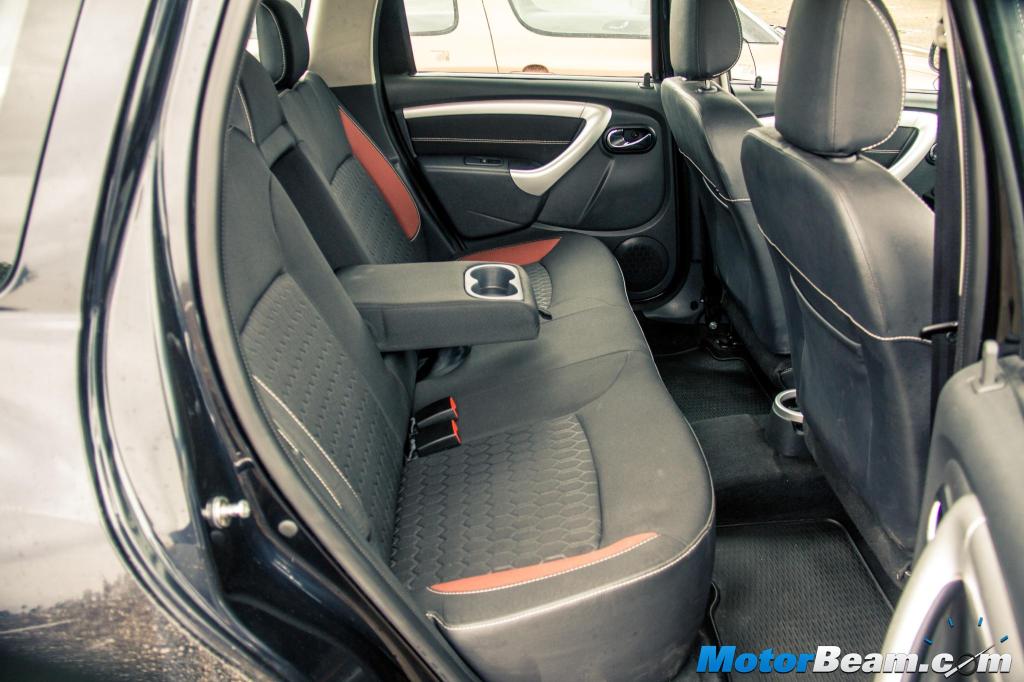
The Duster has a basic interior design and is devoid of many features seen on both the Creta and XUV500
Interiors – When you get inside each of these cars one after another, you realise the Renault Duster feels sub-par in front of the Hyundai Creta and Mahindra XUV500. The problem with the Duster is it lacks not only on the equipment front but also doesn’t have the same level of quality as the Creta or even XUV500 for that matter. The small dashboard doesn’t justify the price tag of the Renault while there are also some ergonomic issues in the car (the placement of the outside rearview mirror controls and steering mounted audio controls being two very apparent examples). The Duster also has the least storage spaces in this trio and shockingly misses out on rear door pockets too. It does have a nice bright light for the glovebox which gets activated when you turn on the car’s headlight. The only unique feature in the Renault is the Eco mode.
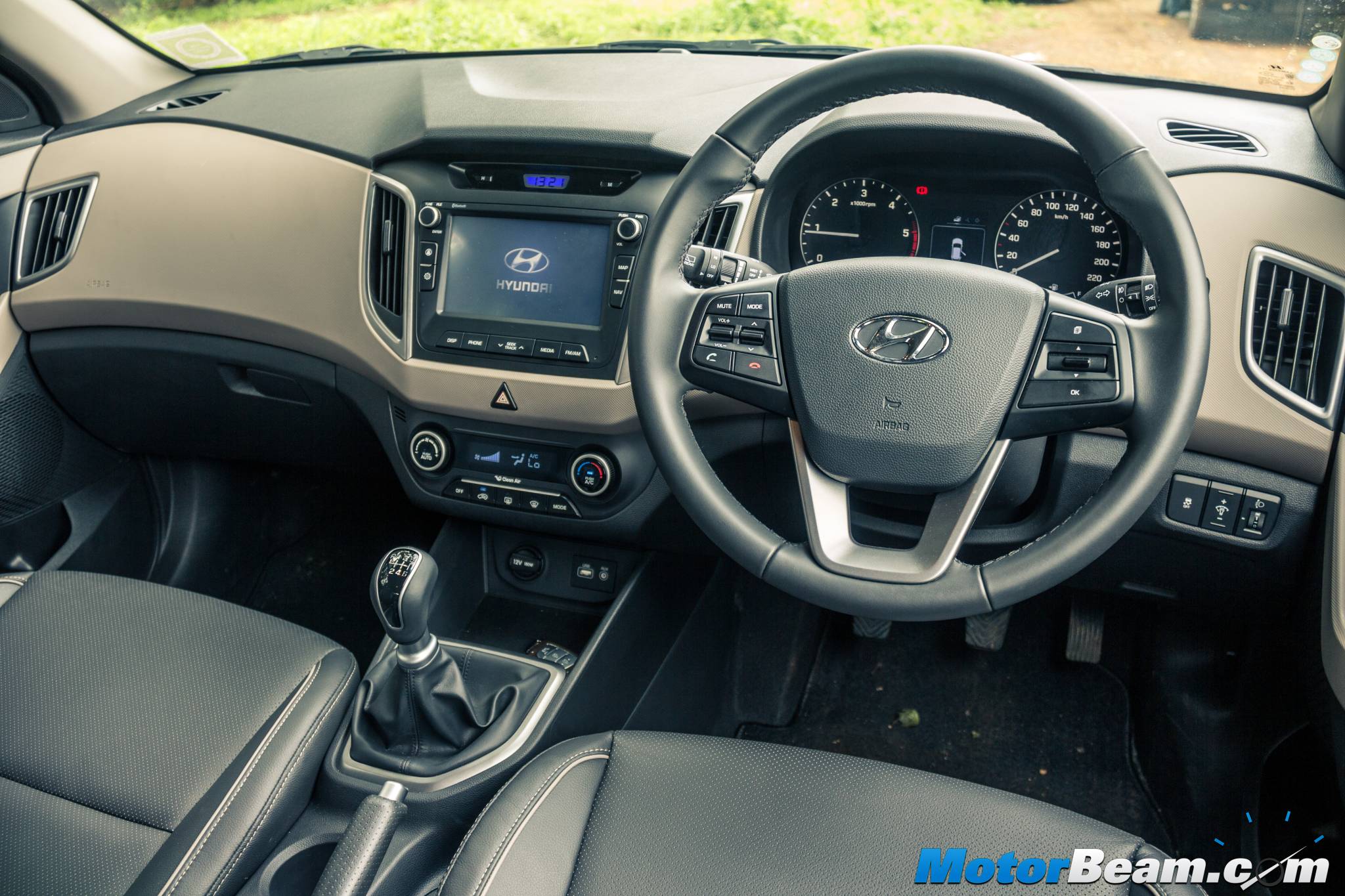
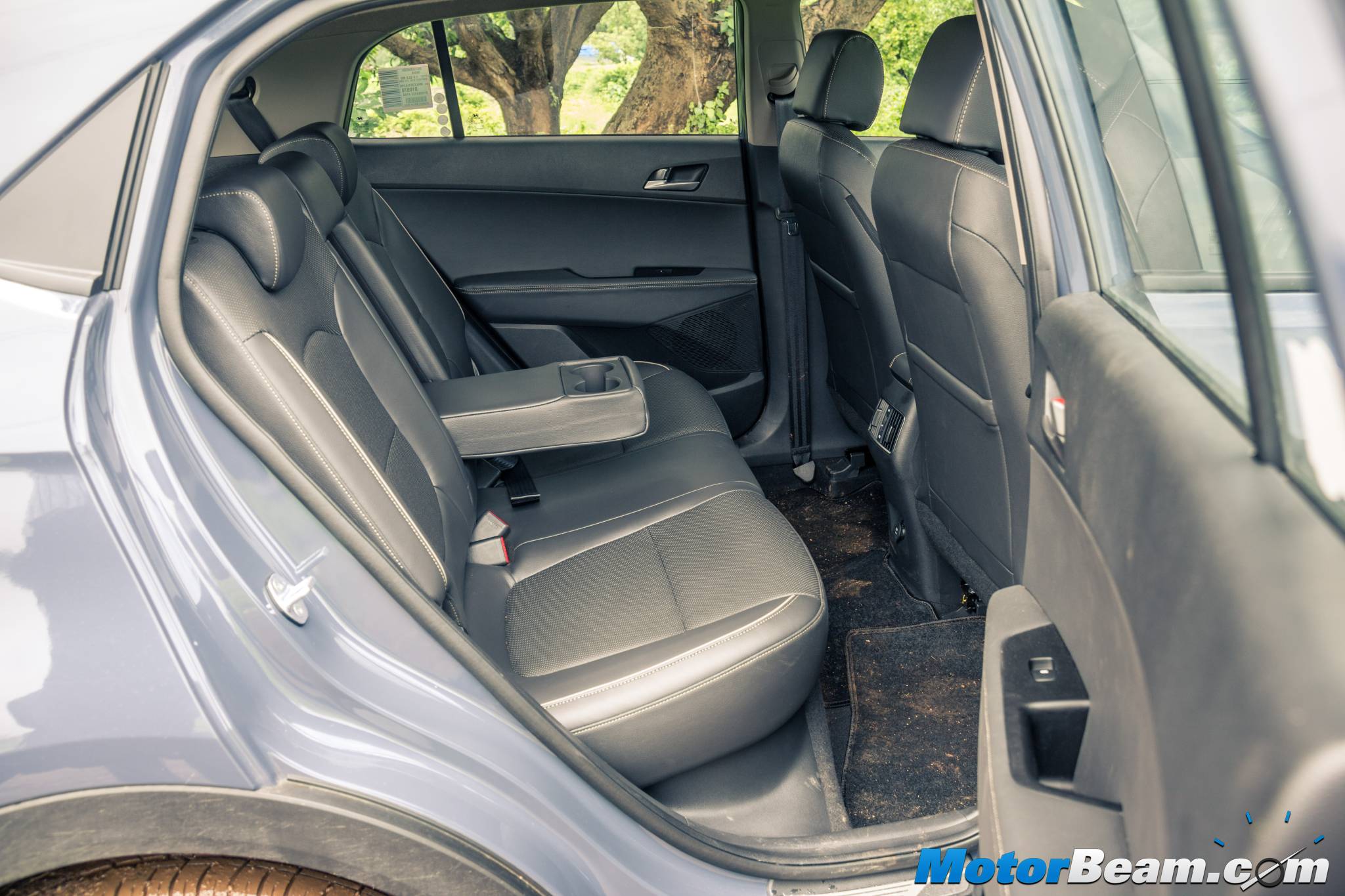
Having the best seats and best quality, the Creta impresses by offering a premium experience inside the cabin
The XUV500 simply redefines what a long list of features means!
In fact, when you go to list down the equipment present on the XUV500 and Creta, you realise the Duster is very spartan in comparison. The Mahindra and Hyundai get the following equipment which the Duster doesn’t get – projector headlights, follow me home headlamps, front seat arm rest, auto up/down driver-side window, anti-pinch driver window (even sunroof in the case of the XUV), power folding rearview mirrors, speed sensing auto door lock (offered on Duster AWD), climate control AC, rear AC vents (available as an option on the Duster), keyless GO, push button start, six airbags and reverse parking camera. Meanwhile, the Creta misses out on distance to empty and average fuel efficiency indications, it also doesn’t get cruise control. The unique features in the Creta include a 1 GB internal storage for the audio system, cluster ioniser AC, mood change bar and two speeds for the rear wiper while the XUV500 has a long list of unique equipment such as reach and rake adjustable steering wheel, 6-way adjustable electric driver seat, automatic headlamps, rain sensing wipers, voice messaging system, logo projection, brake energy regeneration, stop/start system, Tyretronics, mobile app, ambient lighting, rear disc brakes and sunroof.
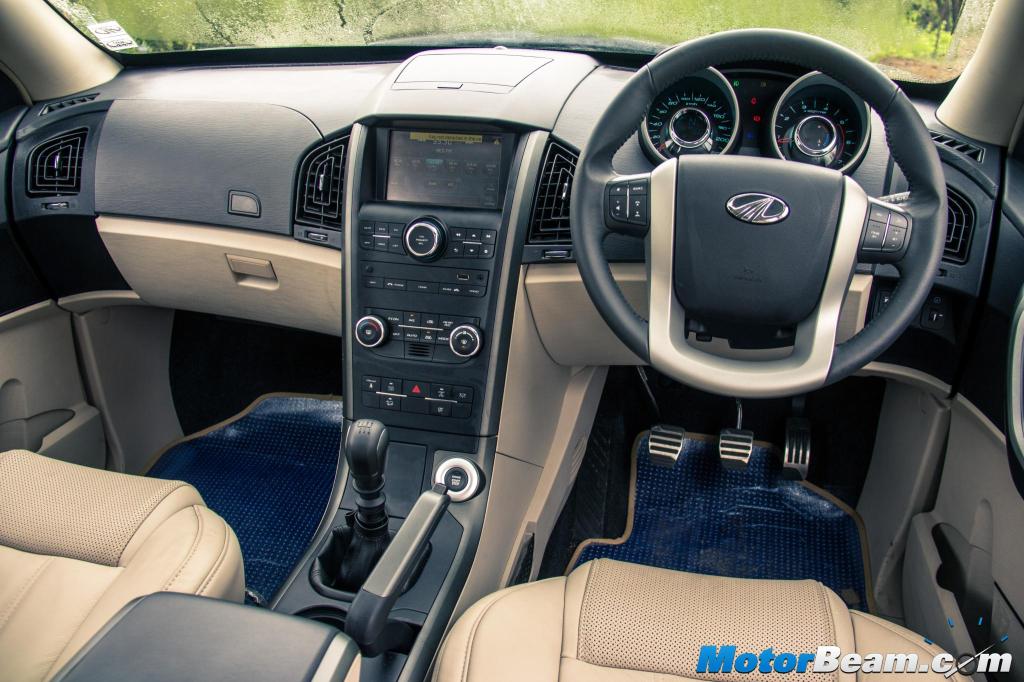
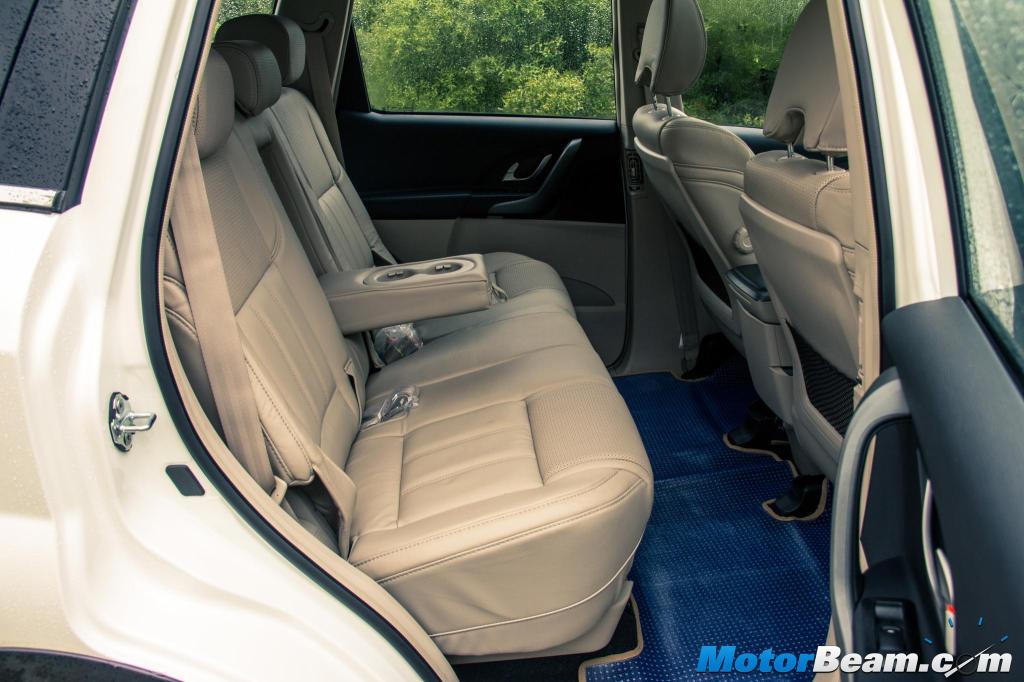
The XUV500 is the most practical vehicle here with a ton of features, terrific space and the flexibility to seat seven
So while the XUV500 has the most equipment on offer, it also has more seats and more space in the cabin, thanks to it having the longest wheelbase here. Rear seat legroom is more than abundant in the Mahindra while the Creta too boasts of good space, the Duster comes in last but has adequate room too. So the XUV is a 7-seater but you can either get the last row of seats or a boot but not both, also the last row is only suited to children, making the XUV a 5-seater at best. Quality levels in the Mahindra aren’t as good as the Hyundai with the Creta boasting of the most comfortable seats, the best quality and the most attractive dashboard here. But the XUV has more storage space on the inside, including twin gloveboxes and a cooled storage box under the front centre arm rest. The Duster beats the Creta in terms of boot space but the Hyundai is the only one with an alloy for the spare wheel.
Hyundai leads the pack in terms of performance, the Creta is the fastest car here
Performance – The Renault Duster and Hyundai Creta come with petrol engines but the same isn’t available on the Mahindra XUV500. Both the compact SUVs are powered by a 1.6-litre gasoline mill but that’s where the similarities end. Renault never seemed interested to sell the petrol Duster in India and a vast majority of cars are powered by diesel engines. The K4M Renault mill generates 104 PS of power and 145 Nm of torque, being matched to a 5-speed gearbox, the claimed mileage is a disappointing 13.05 km/l. Meanwhile the Dual VTVT Korean powertrain belts out 123 PS of power and 151 Nm of torque, matched to a smooth shifting 6-speed gearbox, the claimed mileage is higher at 15.29 km/l, in spite of the higher output. The Creta petrol is better than the Duster petrol in most ways, offering better performance and higher efficiency.
The XUV has the biggest diesel engine with most output here but its weight bogs it down
The Duster has the best city performance while the Creta and XUV500 shine on the highway
Diesel is the more favourable engine of choice in the SUV segment and majority of customers end up opting for an oil burner. Renault offers one engine in two states of tune, the 1.5-litre dCi powertrain generating either 85 PS/200 Nm or 110 PS/245 Nm, matched to a 5-speed gearbox in the former and a 6-speed gearbox in the latter. Meanwhile, Hyundai offers two engines, the 1.4-litre U2 mill belting out 90 PS/220 Nm while the 1.6-litre powerplant packs quite a punch with 128 PS/260 Nm, both the engines employing a 6-speed gearbox while the latter is also offered with a segment first 6-speed automatic. The Mahindra XUV500 being the biggest car in size here, also uses a bigger 2.2-litre mHawk engine which thrusts out 140 PS/330 Nm, being paired to a 6-speed gearbox. The Creta is marginally more frugal than the Duster for both diesel engines while the XUV500 lags far behind, being 3-4 km/l lower on the mileage front (even though the Mahindra gets stop/start and regenerative braking).
The Creta and Duster leave the XUV far behind when it comes to fuel efficiency
The Renault Duster’s diesel engine outshines the other two when it comes to low-end performance as turbo lag is very well contained in the French vehicle, giving excellent tractability in the city. Meanwhile, the Creta has more turbo lag than the XUV500 but both cars pack in quite a serious mid-range punch, both cars achieving the ton in third gear while the Duster 110 takes an extra upshift to fourth, thereby robbing away crucial time in its 0-100 km/hr number. The Hyundai motor has the highest redline here, nearing 5000 RPM while it also beats its rivals hands down in NVH levels, being terrifically refined and devoid of any vibrations. The XUV500 has the worst NVH here with the motor being quite audible, that too with the typical diesel clatter being very much present.
All cars (bigger diesels) come with 6-speed transmissions with Hyundai’s being best
The Mahindra fares quite badly when it comes to clutch and transmission too as the gearbox isn’t as smooth shifting as the Duster, with the one on the Creta being even smoother than the Duster’s. The Creta has the lightest clutch of this pack and with the diesel automatic also on offer, it’s also very hassle free to drive in stop-go conditions. When the more powerful diesel engine from Hyundai and Renault are considered and compared with the Mahindra, one realises the extra weight of the XUV500 bogs it down in outright acceleration, the Creta being the quickest of the trio, both in terms of acceleration and top speed. Hyundai certainly knowns its engines quite well and that has given them top points in the performance department.
The Duster’s handling is very engaging and the steering feedback is the best here
Driving Dynamics – These three cars are underpinned by a monocoque chassis, the Duster and XUV500 also coming with the option of All-Wheel Drive. When opted for in regular 2-wheel drive, all three cars channel power to the front-wheels. There is no denying that the XUV is taller and heavier which results in the five double-oh having the most body roll of this lot. Meanwhile, the Duster has the best body control and is also the most superior handling car of this bunch. The Renault also boasts of a more feedback rich steering wheel which the Creta can’t match although the Hyundai beats the Mahindra in both handling and steering feel.
The Duster has a better high speed ride while the Creta has a better low-speed ride
The Creta rides brilliantly, it’s the best handling Hyundai car till date
The Duster is the most stable car here (has a longer wheelbase than the Creta) while the Korean SUV isn’t that far behind as expected, the XUV500 coming last here too. When it comes to ride quality, the softer suspension on the Creta gives it the best low speed ride here while the Duster has a flatter ride at high speeds but overall the Hyundai has the better ride of the trio as one tends to curtail speed on bad roads. The XUV’s ride is good but not in the same league as the Duster or Creta. Although the Mahindra is equipped with all-wheel discs, it doesn’t stop with the same confidence as the Renault or Hyundai, both of which offer powerful anchors. All cars have ample ground clearance although in terms of numbers, the XUV500 has the least (160 mm) and the Duster has the most (205 mm). The turning radius is the highest on the Mahindra.
Hyundai fares well in this department with safety equipment and good after sales service
Safety and After Sales Service – The Hyundai Creta and Mahindra XUV500 come with six airbags on the top trims while the Renault Duster comes with a maximum of two airbags. All these cars also get traction control and hill hold in the top trims. Both Hyundai and Mahindra offer ABS as standard on all variants while the XUV500 is also offered with dual front airbags as standard on all trims. The Duster’s lower variants skip on most safety tech. Hyundai’s service is the best among these brands while Renault’s is better than Mahindra. Hyundai has the most service centres here, followed by Mahindra.
The Creta manages to emerge on top, leaving the XUV500 on the second spot
Verdict – While all these vehicles have a lot to offer and you can’t go wrong with either, the Duster comes in last today, it just feels over-priced for what it offers. Not only does the Renault lack in terms of quality, fit-finish, visual appeal and features, it also misses out on safety equipment. Between the XUV500 and Creta, it’s a close fight. The Mahindra might have more features and size on its side but the XUV500’s top-end W10 variant is much more expensive and mind you, we are not talking about the AWD one. In fact, the top-end Creta is cheaper than the W8 XUV but what seals the deal for Hyundai here is the fact that it offers more appeal, better quality, higher performance while also being better in ride, handling, stability and braking over the Indian vehicle. The mini Santa Fe is therefore our winner in today’s shootout.
Both the Creta and XUV500 feel a touch above the Duster in multiple ways, making the Renault feel over-priced for what it offers. Considering the size, Mahindra offers the best value here while the Creta impresses by being the best package in this SUV lot.
The Hyundai Creta simply offers everything an urban SUV buyer is looking for
Testers’ Note:
The Tata Safari Storme is a great alternative to these cars as it is a true SUV
Picture Editing – Sri Manikanta Achanta
Further Reading –
2015 Hyundai Creta Review
Hyundai Creta Video Review
2015 Mahindra XUV500 Review
2015 Renault Duster AWD Review
Renault Duster Long Term Review
Renault Duster vs Ford EcoSport vs Maruti S-Cross
Renault Duster vs Tata Safari Storme vs Mahindra Scorpio
Renault Duster vs Mahindra XUV500 vs Tata Safari Storme vs Skoda Yeti
Mahindra XUV500 vs Renault Duster vs Tata Safari Storme vs Mahindra Scorpio
Mahindra XUV500 vs Hyundai Creta vs Renault Duster – Video


